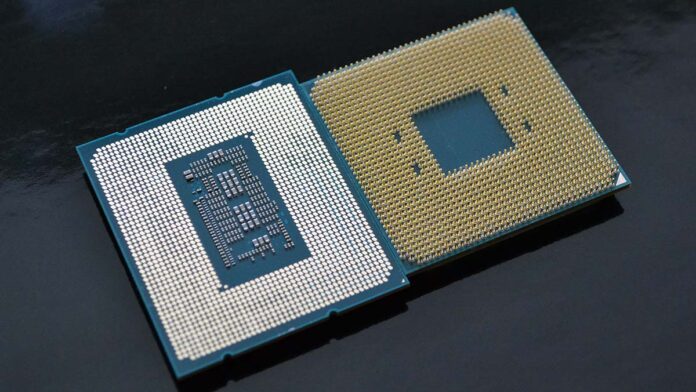Several factors can affect the suitability of CPUs or GPUs for a specific task. Here are some key factors to consider:
- Task Type and Parallelism: The nature of the task plays a crucial role. Tasks that can be effectively parallelized and involve repetitive calculations or data processing often benefit from the parallel architecture of GPUs. On the other hand, tasks that require sequential processing, complex decision-making, or diverse software execution may be better suited for CPUs.
- Software and Libraries: The availability and optimization of software and libraries for a specific processor architecture can greatly impact suitability. Some applications and frameworks are specifically designed to leverage GPU acceleration, while others may rely more on CPU performance. Consider whether the software or libraries you plan to use have GPU support or are optimized for parallel processing.
- Hardware Resources: The specifications and capabilities of the CPU and GPU hardware can influence suitability. Factors to consider include the number of cores, clock speed, memory capacity, memory bandwidth, cache sizes, and architectural differences. Compare these specifications with the requirements of your task to determine which processor can better meet those requirements.
- Memory Requirements: The memory requirements of the task are an important consideration. GPUs typically have higher memory bandwidth, making them advantageous for handling large datasets and parallel computations that involve frequent data access. CPUs, on the other hand, may offer better cache performance and lower latency for tasks that rely heavily on frequent data access and manipulation.
- Cost and Availability: The cost and availability of CPUs and GPUs can impact the decision. GPUs, especially high-end models, can be more expensive than CPUs. Additionally, availability can vary depending on market demand. Consider the total cost of ownership, including initial investment, power consumption, and maintenance costs, when assessing suitability.
- Power and Cooling Considerations: GPUs tend to consume more power and generate more heat compared to CPUs. This factor is important to consider, especially if you have specific power and cooling limitations in your setup. Ensure that your system can handle the power requirements and dissipate the heat generated by the chosen processor.
- Scalability and Future Requirements: Assess the scalability and potential future requirements of your task. If your workload is likely to grow in size or complexity, or if you anticipate an increased need for parallelism, a GPU may offer better scalability. However, if your task is relatively small-scale or unlikely to benefit significantly from parallelism, a CPU might be more cost-effective and easier to manage.
- Expertise and Development Support: Consider the expertise available to you and the level of development support for the chosen processor. If you have more experience or access to resources for a particular processor architecture, it may influence the suitability. Additionally, consider the availability of documentation, community support, and developer tools for your chosen processor.
These factors interact and can vary depending on the specific task and hardware configurations. It’s important to carefully evaluate these factors to determine the most suitable processor for your specific requirements.
SHARE
